Early Modern England: Medicine, Shakespeare, and Books
Herbals
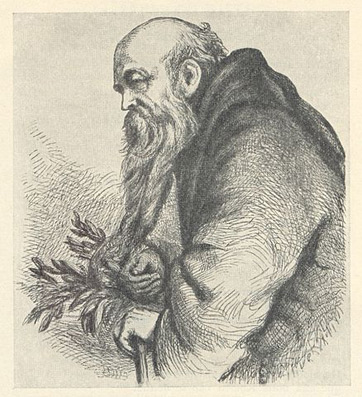
In herbs, plants, stones, and their true qualities.
For naughtso vile that on the earth doth live
But to the earth some special good doth give.”
—Friar Lawrence, Romeo and Juliet, Act II, Scene 2
DIOSCORIDES PEDANIUS ANAZARBEI (CA. 50 AD), COMMENTARII, IN LIBROS SEX PEDACII DIOSCORIDIS ANAZARBEI, DE MEDICA MATERIA (1554)
Pedanius Dioscorides was a physician, pharmacologist, botanist, and author of the 5-volume encyclopedia of herbal medicine and medicinal substances known as De materia medica. During the reign of Nero, Dioscorides accompanied the Roman armies as physician through many countries. While on his journeys he collected information on plants (about 600 total) which he compiled into De materia medica, considered authoritative for both botany and medicine for nearly 1600 years. Although it was knownbefore the 16th century, it became the authoritative source in the Renaissance. It formed the basis for vernacular herbals by men such as Fuchs, Cordus, Lobelius, Dodoens, Clusius, Gerard and Turner.

REMBERT DODOENS (1517-1585), A NIEVVE HERBAL, OR, HISTORIE OF PLANTES (1578), WITH HENRY LYTE
At the end of the 16th century, the writings of Rembert Dodoens, a physician and botanist in the Low Countries, exercised considerable influence in England. Dodoens became renowned as a doctor not only in his native land but also in other countries, and in 1574, he accepted an invitation from the Emperor Maximilian II to be court physician at Vienna. He received a Chair of Medicine at Leyden University in 1582. This book is illustrated with more than 850 quarter-paged woodcuts of plants in the text.
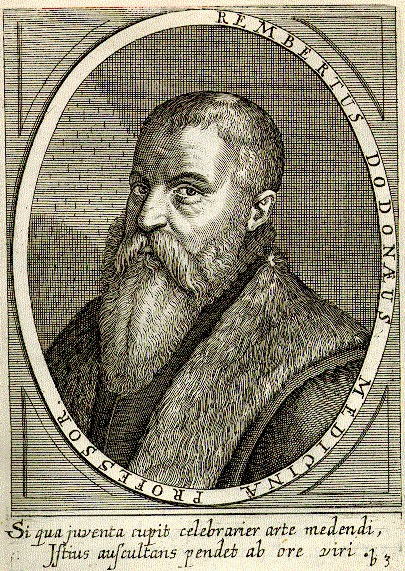
Leonhart Fuchs (1501-1566), De historia stirpium commentarii insignes (1542)
Fuchs was a German physician, professor of medicine at Tübingen, a practicing pharmacologist, a fervid Hippocratist, and writer of numerous works, the most famous of which is his herbal, De historia stirpium. Fuchs described 400 German plants as well as 100 foreign ones. The 512 woodcut illustrations are neatly colored by hand and include a full-page hand-colored woodcut of Fuchs as well as portraits of the three illustrators, one of the first instances of such a tribute being paid to artists in a printed book. Its popularity was immediate and it was issued in many subsequent editions and translations, but the first edition was never equaled.
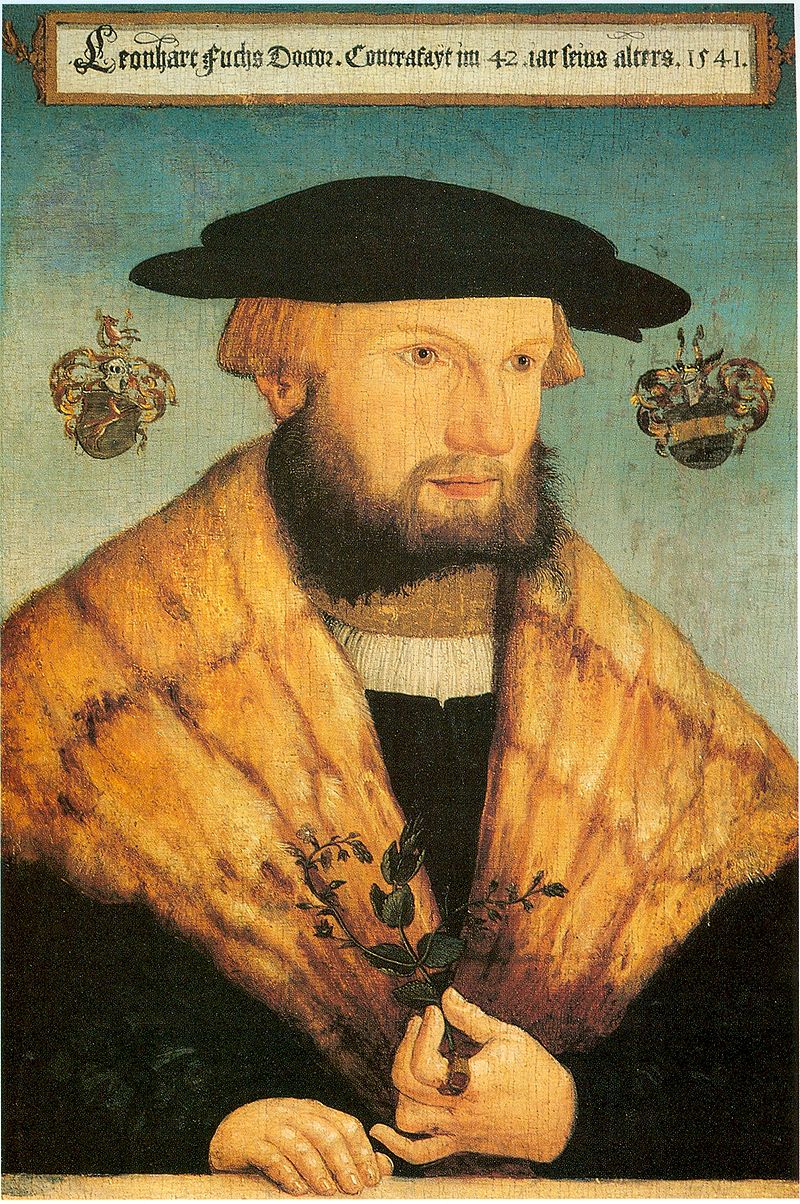
Adam Lonicer (1528-1586), Kreuterbuch, kuntstliche Conterfeytunge der Bäume, Stauden, Hecken, Kreuter, Getreyde, Gewürte (1587)
Lonicer worked as a proofreader for his father-in-law while beginning his own career of writing on arithmetic, botany and medicine. The text covers all three parts of the natural world and directs its remarks to physicians, apothecaries, and both rural and urban householders. The emphasis is on how one uses animal, vegetable and mineral substances in the production of medicinal, gastronomical, and household preparations. Lonicer provides us with one of the early descriptions of local flora, and he is one of the first to distinguish deciduous trees from conifers.
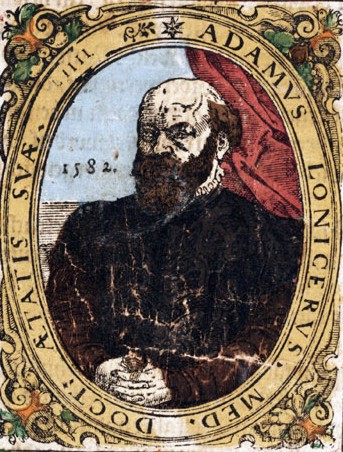
Amato Lusitano (1511-1568), In Dioscoridis Anazarbei De medica materia libros quinque (1558)
Although Dioscorides' materia medica was known, used, and had an impact on therapeutics before the 16th century, it did not become a dominant and authoritative source until the Renaissance. This commentary on the ancient herbal of Dioscorides is illustrated with 558 original woodcuts of medicinal plants, some being added which are not found in Dioscorides. The author criticized Mattioli who had also written a well-illustrated commentary on Dioscorides, and this roused Mattioli’s ire to publish his own harsh criticisms of Lusitano.
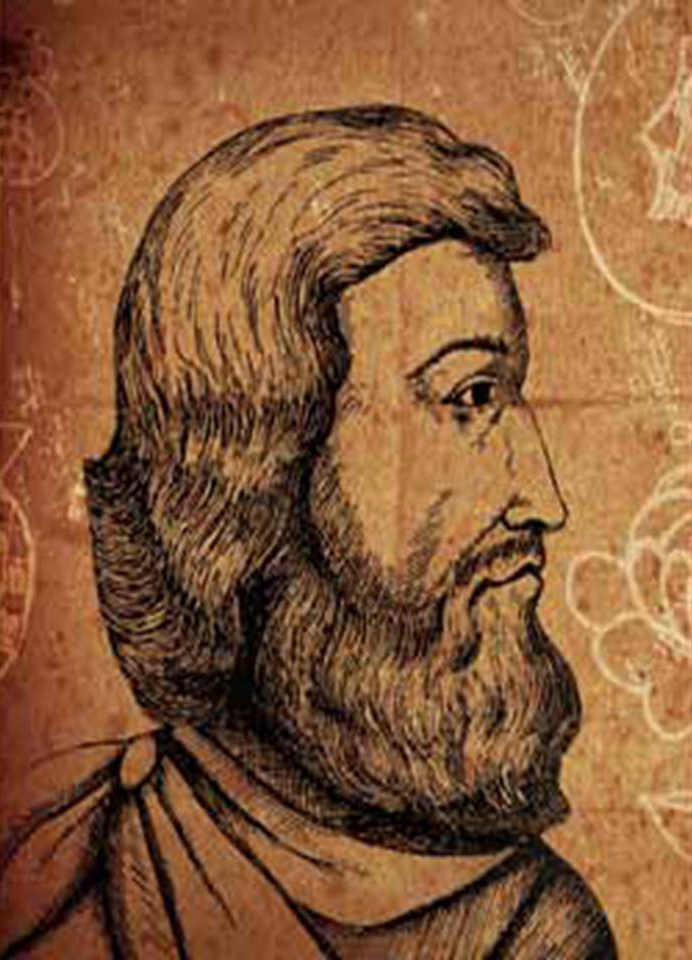
John Parkinson (1567-1650), Theatrum Botanicum (1640)
John Parkinson was the last, great English herbalist and one of the first of the great English botanists. He was apothecary to James I, a founding member of the Worshipful Society of Apothecaries, and was later Royal Botanist to Charles I. The Theatrum describes 3800 plants, divided into seventeen “tribes”, based partly on their medicinal qualities and partly on habitat. It describes 28 new species never mentioned before, two of the more famous being the strawberry tree and the lady’s slipper orchid. Parkinson’s is the most complete and authoritative English herbal of its era.


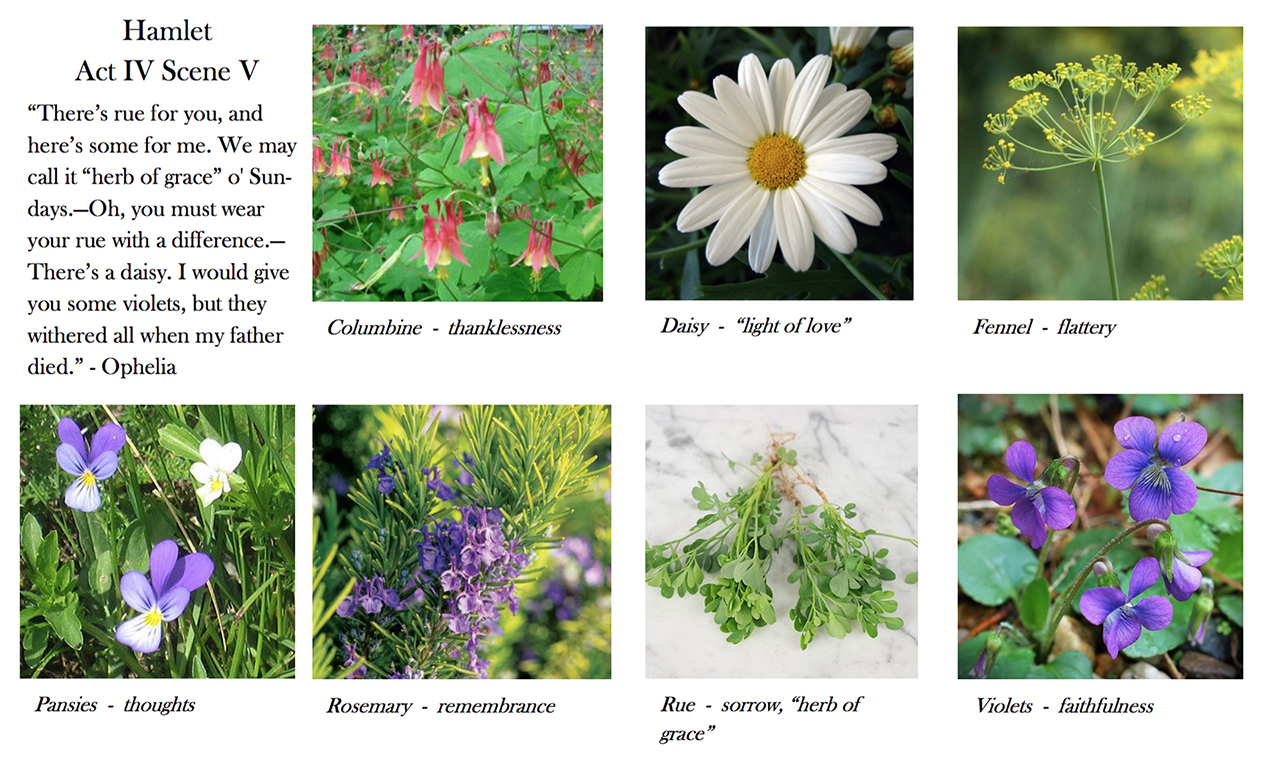
©2017 John Martin Rare Book Room, Hardin Library for the Health Sciences, 600 Newton Road, Iowa City, IA 52242-1098
Image: Sir John Everett Millais, Ophelia (detail), 1851-52, oil on canvas, 76.2 x 111.8 cm, Tate Gallery, London.